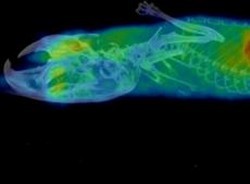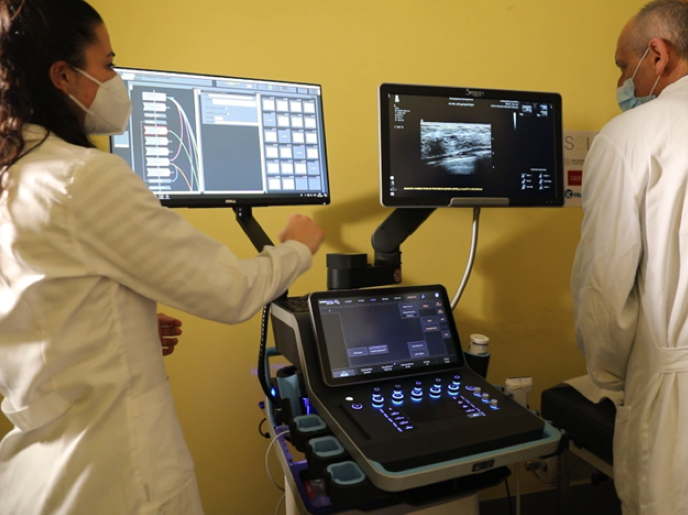New PET radiotracers for brain imaging
A PET scan utilises small amounts of radioactive materials to measure important body functions, such as blood flow, oxygen use, and glucose metabolism. By identifying body changes at the cellular level, PET may detect the early onset of disease before it is evident on other imaging tests. Scientists on the EU-funded PET BRAIN (Mapping the brain with PET radiolabeled cannabinoid (CB1) ligands) project wished to develop novel radiolabelled ligands for the cannabinoid (CB1) receptors of the brain that could serve as PET tracers. Towards this goal, they employed innovative synthetic methodologies to introduce 18F and 11C radioisotopes into CB1 ligands. The consortium identified several molecules as potential radioligands. They also synthesised a new class of compounds with nanomolar inhibitory concentrations for the CB1 receptor and promising physicochemical properties as PET tracers. Overall, they designed at least six different pathways for the synthesis of potential CB1 receptor radiotracers. Following a structure-to-activity relationship study, researchers generated over 20 novel structures that were subsequently tested for affinity towards CB1 and CB2 receptors. Molecules with interesting properties were subjected to binding assays on CHO-hCB2 cell membranes and the most promising candidates were pursued further. In particular, the ligand Zsa78 showed good CB1 affinity and a good CB1 versus CB2 selectivity and its activity was validated in an in vivo imaging experiment using a wild-type rodent. The encouraging outcome of the study opens the way to the implementation of the radiolabelled CB1 ligands for visualising medically important CB1-receptor related processes in the brain. These include pathological states such as psychiatric disorders, depression and drug addiction.







